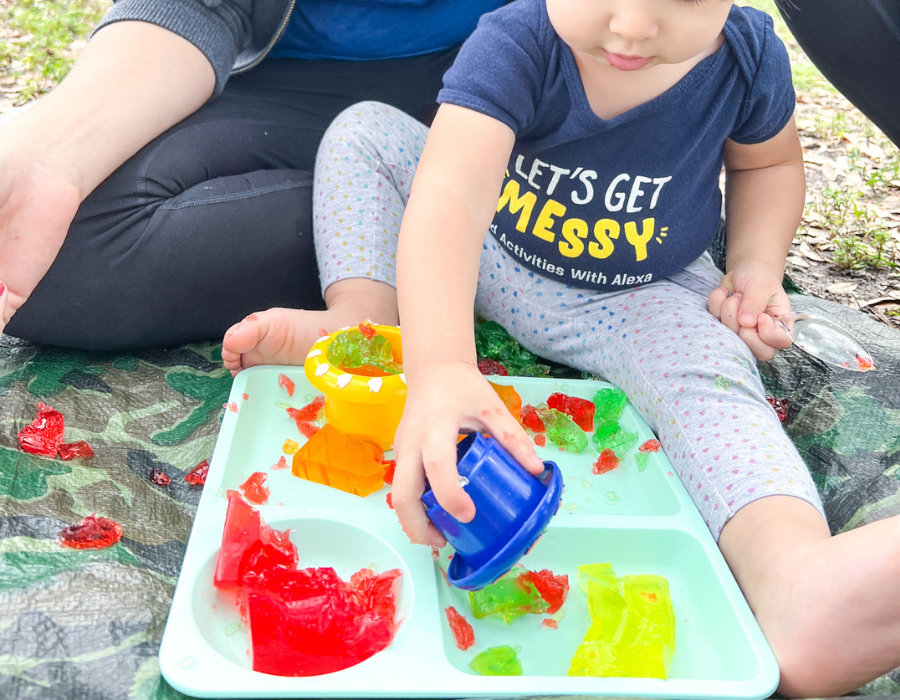Fine motor activities for 1-year-old toddlers are activities that strengthen a child’s finger and hand muscles. These activities are important because they are the muscles used later on to button shirts, tie shoes and write with pencils.
My sensory classes are focused on doing activities focused on this task. For me, it is an important skill to develop in toddlers before going to preschool and starting them with paper and pencil writing exercises. Strong finger muscles mean an easier time when it comes to holding pencils in preschool.
1 Year Old Fine Motor Skill Milestones
At one year old we should expect the following milestones to be reached out on their own.
- Bringing a spoon to mouth.
- Holding and drinking from cup independently.
- Picking up small objects with thumb and one finger.
- Putting shapes into a shape sorter without assistance.
What activities support fine motor skills?
If you want to help your child strengthen their hand and finger muscles you can present activities that provide concentration or an amount of force to perform a task. Think, pushing, pulling, grabbing, transferring, and even moving the whole arm up to the shoulder.
Follow along as I show you some of the key activities I use in my classes by age group.
Playdough Activities to Strengthen Fine Motor Skills
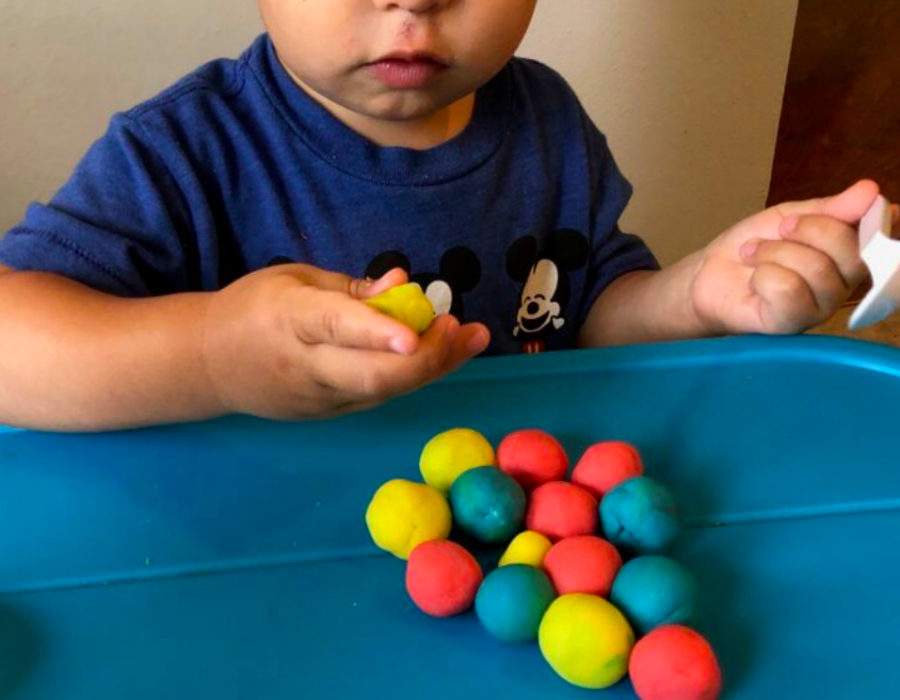
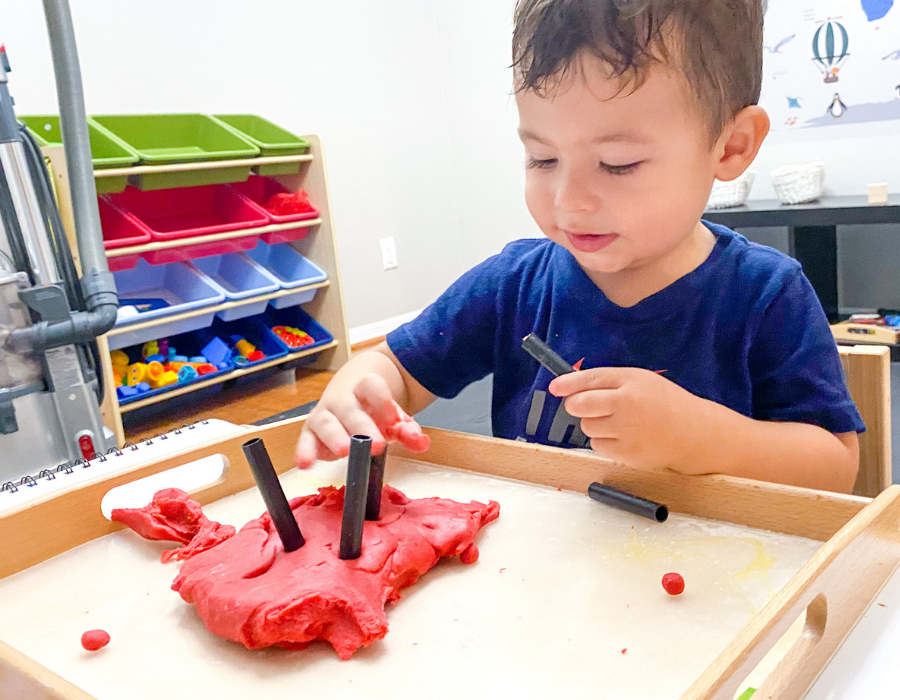
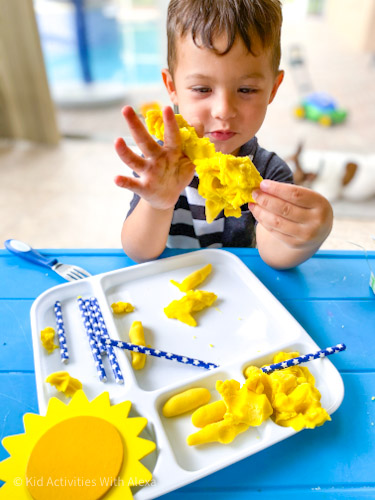
Playdough is a tricky one at this age because they tend to still put everything in their mouth. Therefore, there are two ways you can play with playdough. Make edible-safe playdough by mixing oatmeal and water, or another option is to make this confetti playdough. If you want to use regular playdough, just use supervision as even homemade playdough should not be eaten in large quantities – especially because flour can contain bacteria if not previously cooked before making playdough.
How to set up a Playdough Activity
On a tray, provide a large piece of playdough and encourage your child to break the playdough apart by pulling it.
You can also make small balls and encourage your 1-year-old toddler to transfer the dough from the table and place it into a cup.
As a third activity, you can provide buttons or small straws and encourage your toddler to push these items into the dough.
Painting Activities to strengthen Fine Motor Skills
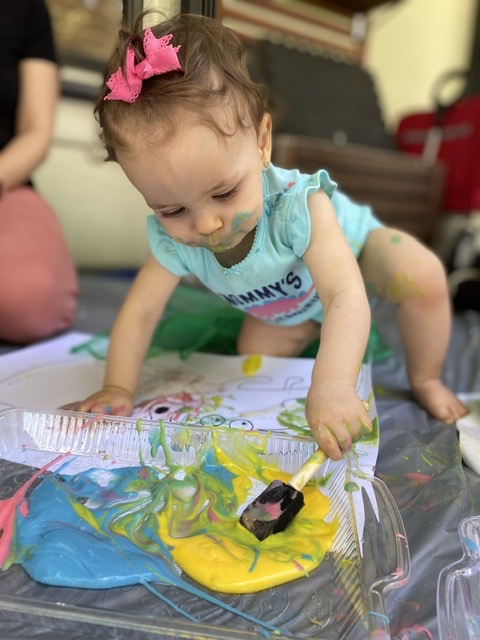

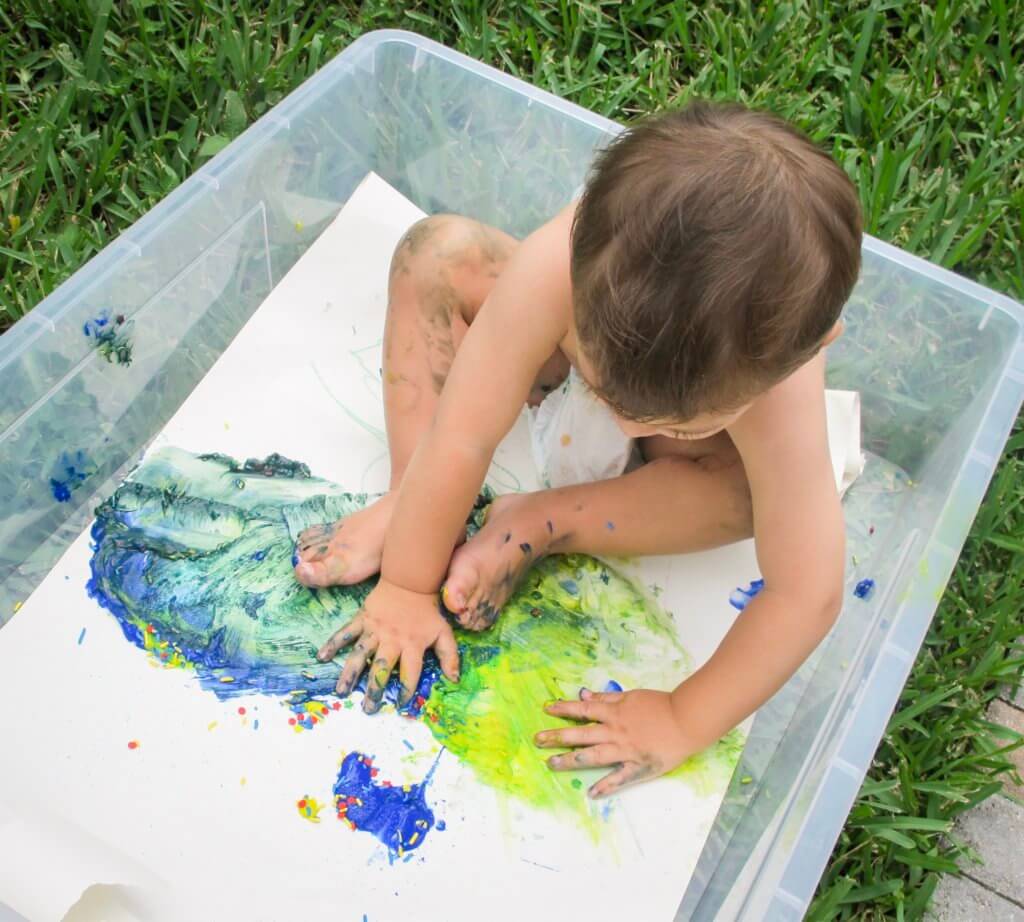
Painting is a fun messy sensory activity you can set up at home. If your child is still putting things in his/her mouth you can do a non-toxic fingerprint, edible safe paint mixing baby yogurt with food coloring, or you can try a cornstarch paint recipe we have used in class. Don’t want food coloring? this natural powder from Amazon mixed with water created an organic and edibles safe paint for babies.
How to set up a Painting Activity
Using large size mixed media paper or craft paper, place your page on a table or floor.
Encourage your child to paint using the whole page area.
Another activity you can do is setting up a vertical painting activity. Tape the paper onto a window, wall, or even a tree trunk to create a vertical surface to paint.
Did you know that good handwriting comes from the shoulders? Vertical painting allows all the muscles in the arm to work together, from the fingers to the hands, and wrist up to the arm and shoulders to create large arm movements and exercise those muscles. All pre-writing activities to get our children ready for writing pretty in a few years from now.
Water Sponges Strengthens Finger Muscles
Water play is a favorite type of sensory play for most babies and toddlers. When pairing this activity with sponges, you provide the opportunity for your child to strengthen their finger muscles by having to squeeze the water out of the sponge.
How to Set up a Sponge Activity
You can create a transfer activity by providing two bins and a sponge. Add water to one bin and encourage your toddler to squeeze the sponge with water onto the empty bin. You might have to show your child a few times how to do this activity or they may simply catch on quickly.
In the end, we want them to squeeze the sponge, it really doesn’t matter where they transfer the water too! some will want to squeeze it on their feet and see how that feels. That’s a sensory exploration and still achieving the goal we want.
Water Pouring strenthens control of muscles
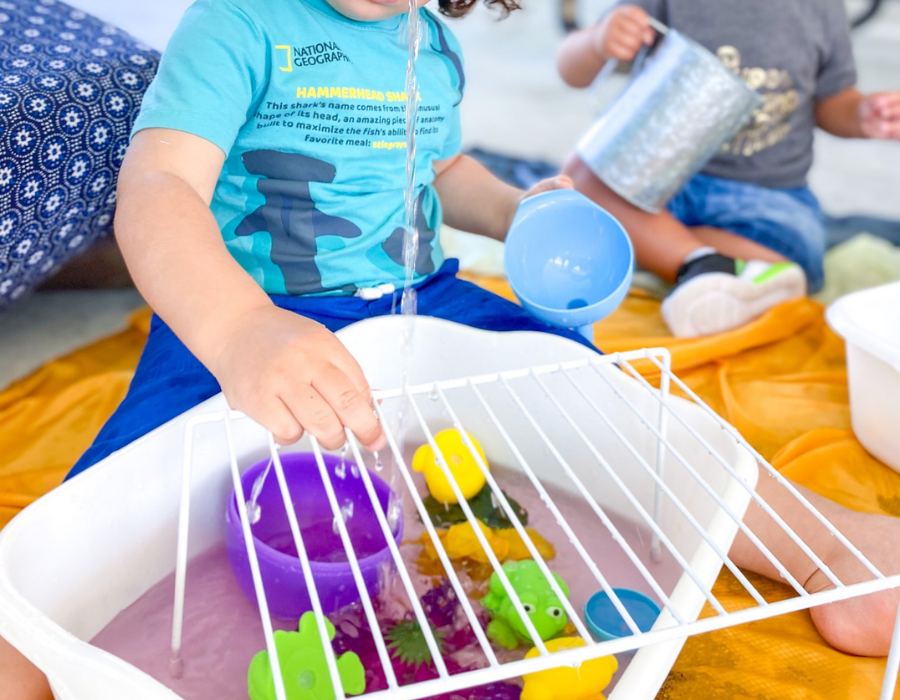
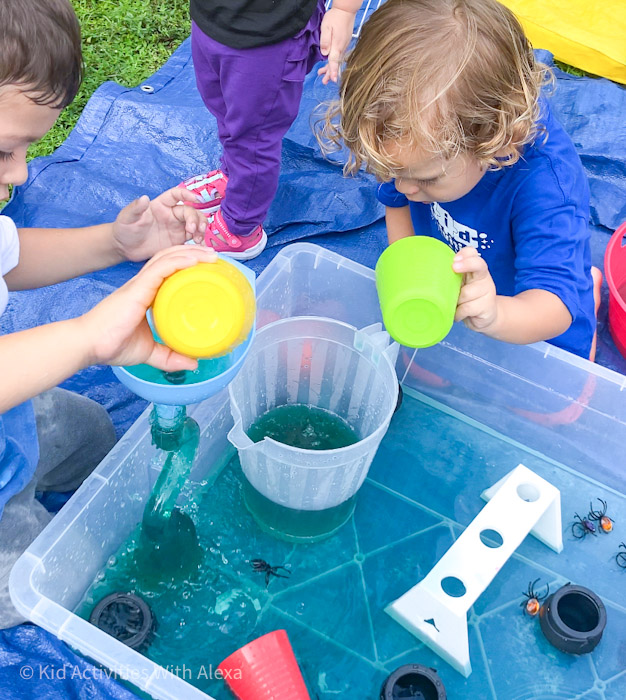
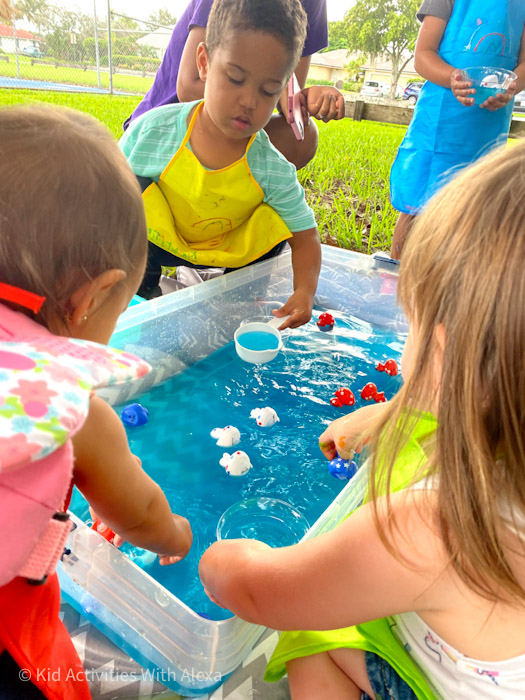
Since we are talking about water, another great activity to strengthen finger muscles is to hold water in a measuring cup and pour it – on the same bin or over something else. Holding water in a cup can be heavy, so start with small measuring ups and increase as your child masters each one.
Scarf Play to stregnthen grasping skills
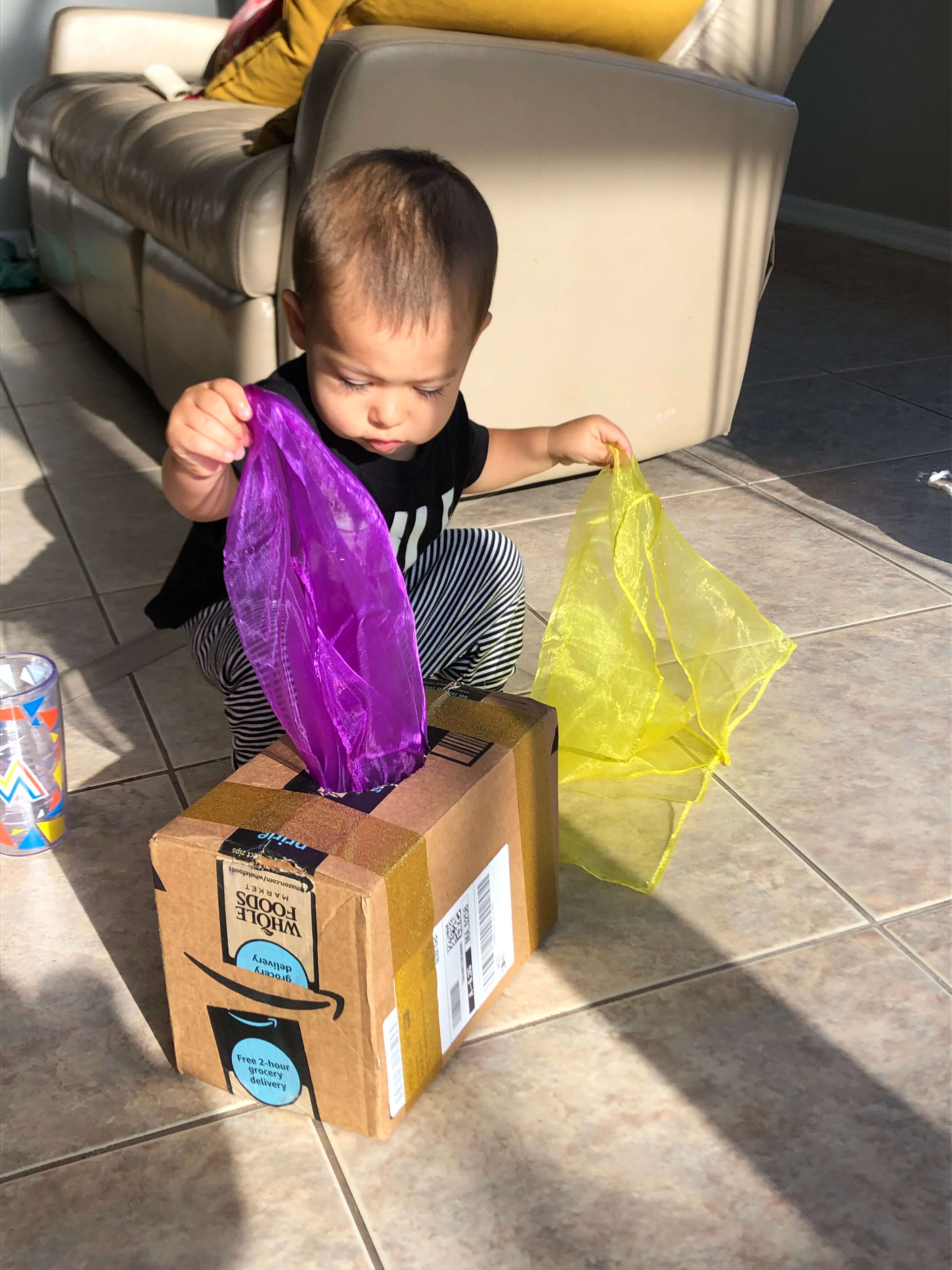
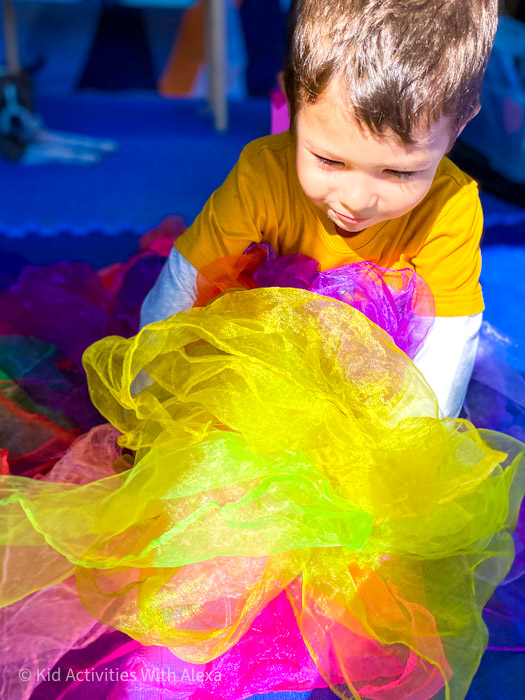
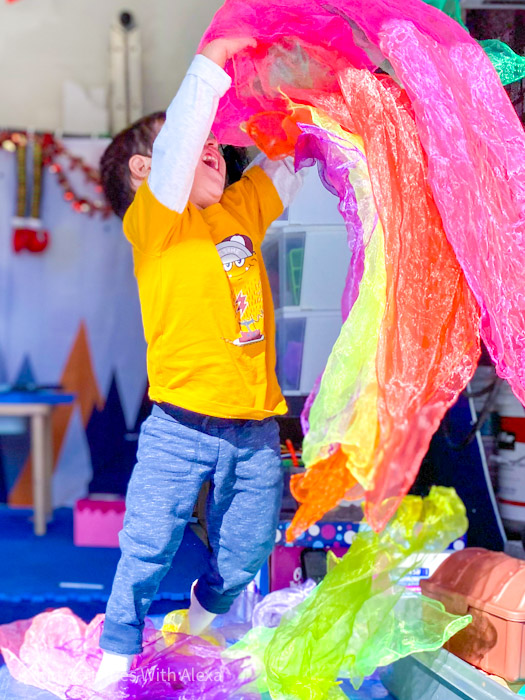
One of my favorite activities in class is to place our scarves in a box with a small hole opening at the top. When is time to sing and dance with our color silk scarfs each baby/toddler has to pull out their own scarf from the box? This takes some time, it requires some hand and finger muscles to work together to get the scarf out.
You can recreate this exact same game at home using a regular box and cutting up a small hole to get the scarfs out. If you don’t have scarfs (which you should because is a MUST HAVE open-ended toy and one of my favorite) you can use socks, towels, or other similar fabrics.
Pinching skills or Pincer Grasp Activities
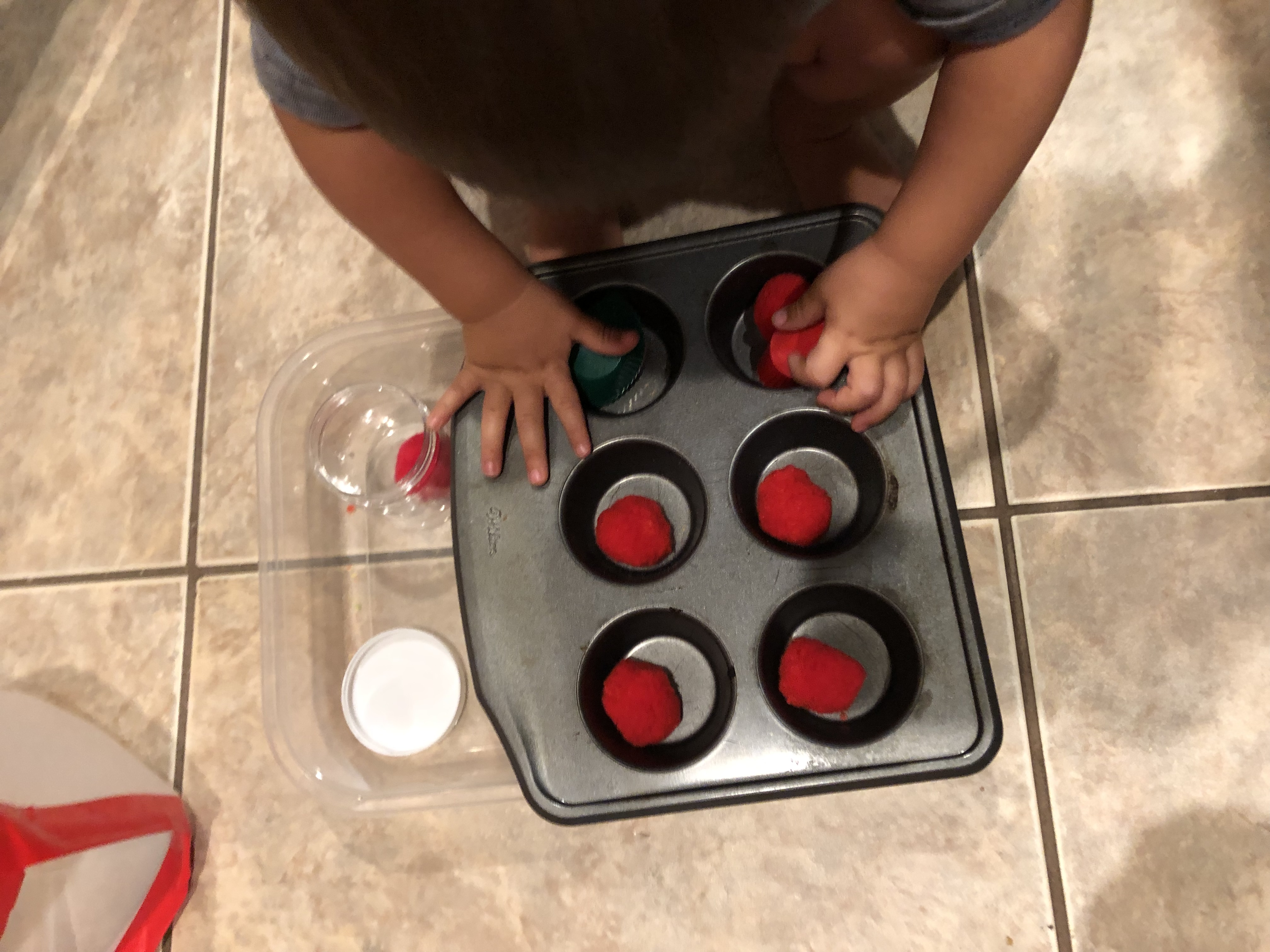
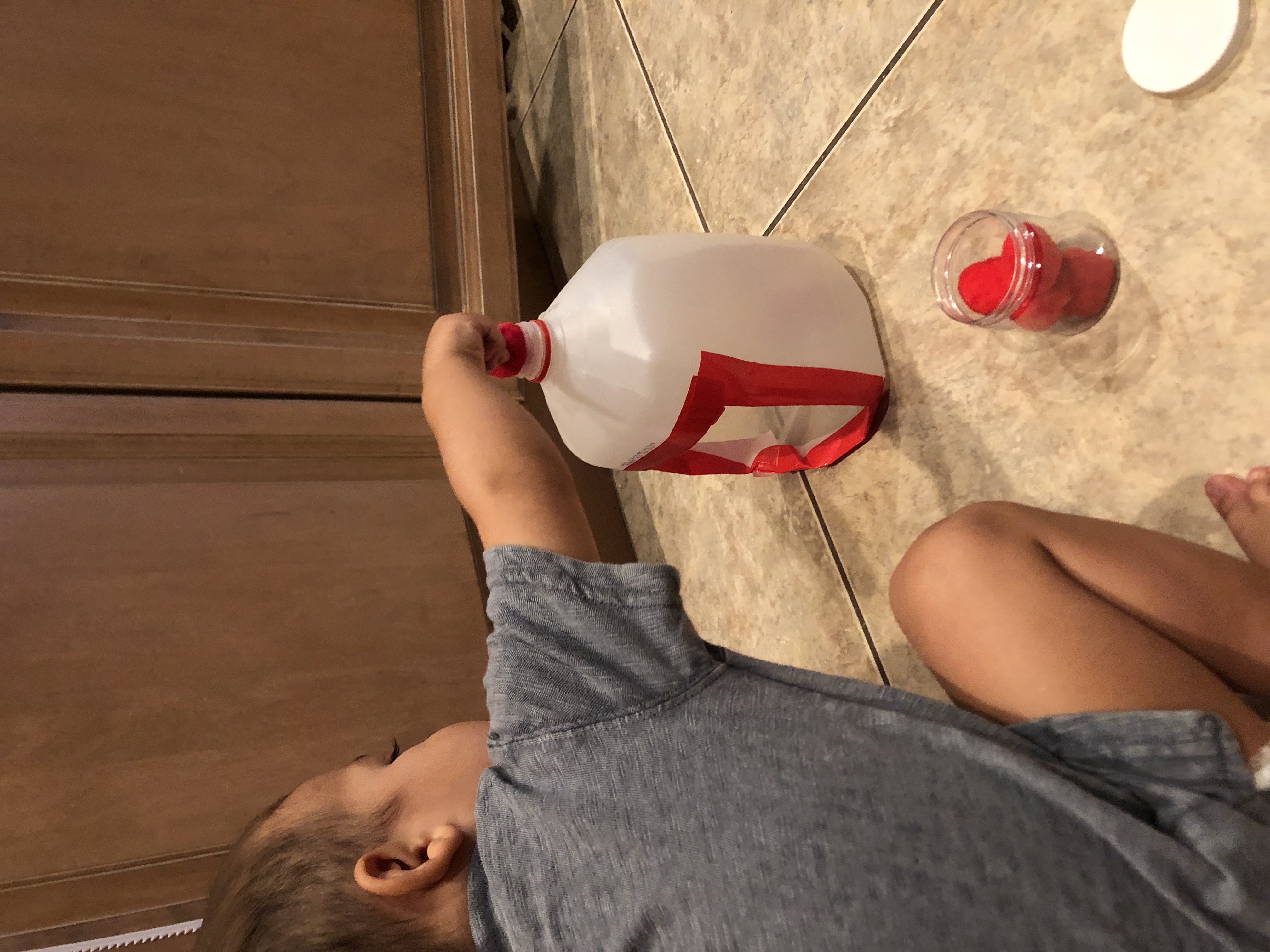
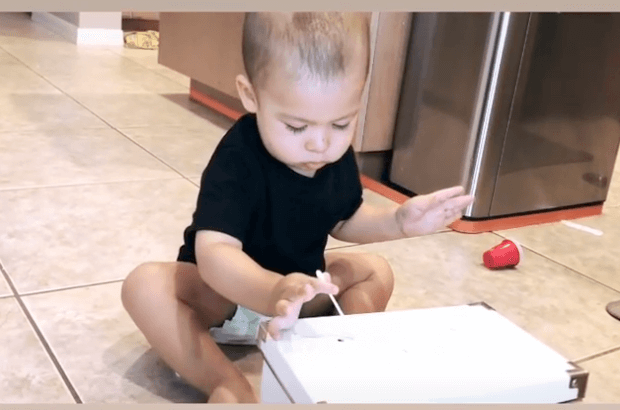
And lastly, I suggest creating some pinching skill activities – which they probably already do – when eating finger foods. The pincer grasp is the ability to grab an object with the thumb and index finger.
How to set up a Pincer Grasp Activity
You can create a pinching skill activity by placing pom-poms inside an ice cube tray and asking your child to hand you the pom-pom one by one. The space is so small they will need to use their pincer grasp to pinch the pom-pom and get it out.
This activity can be repeated with an egg carton and some small cereal. Place a few pieces of cereal in each of the egg carton areas and again, encourage your child to take out each cereal from the box.
Gross Motor leads to Fine Motor
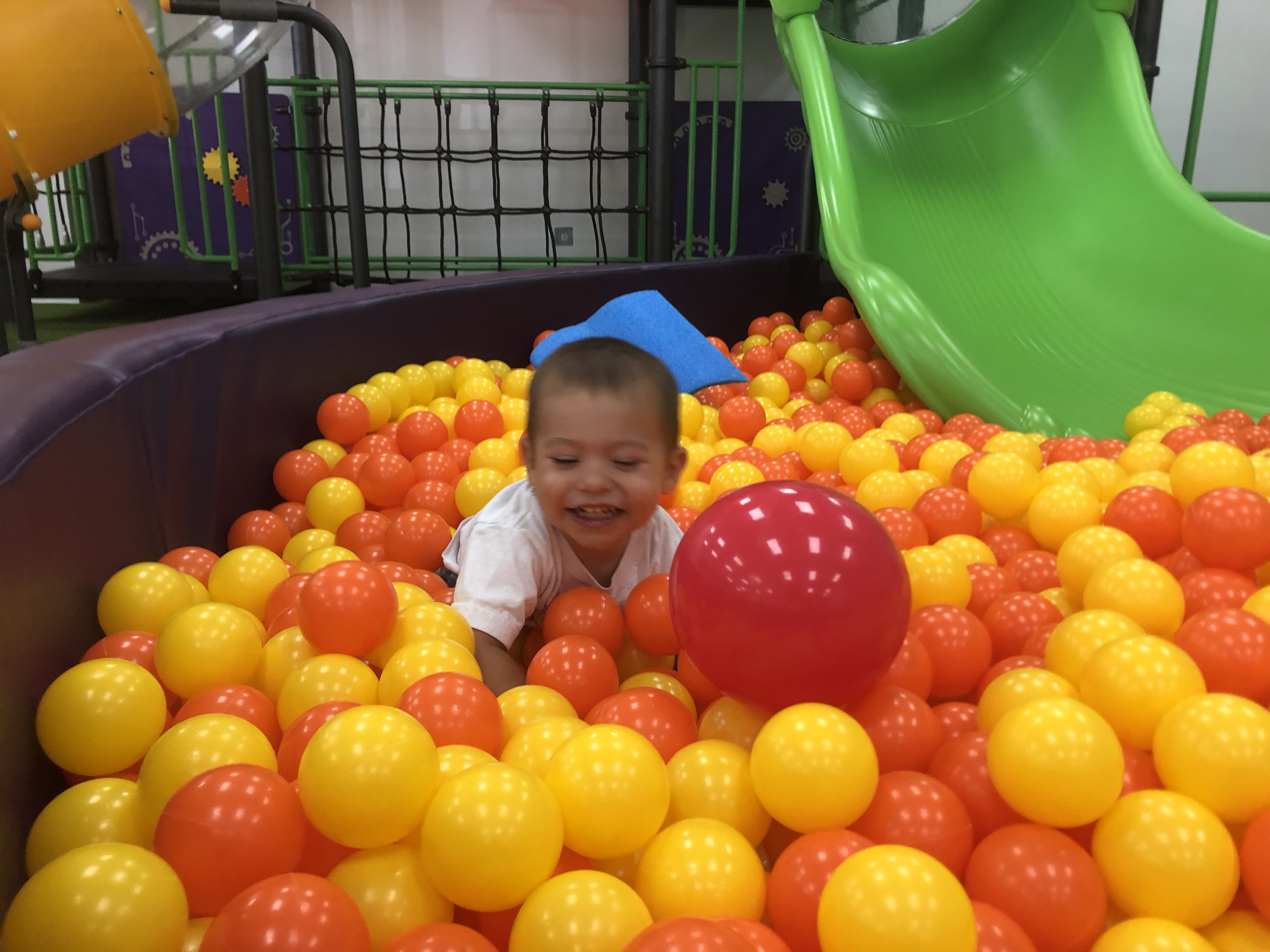
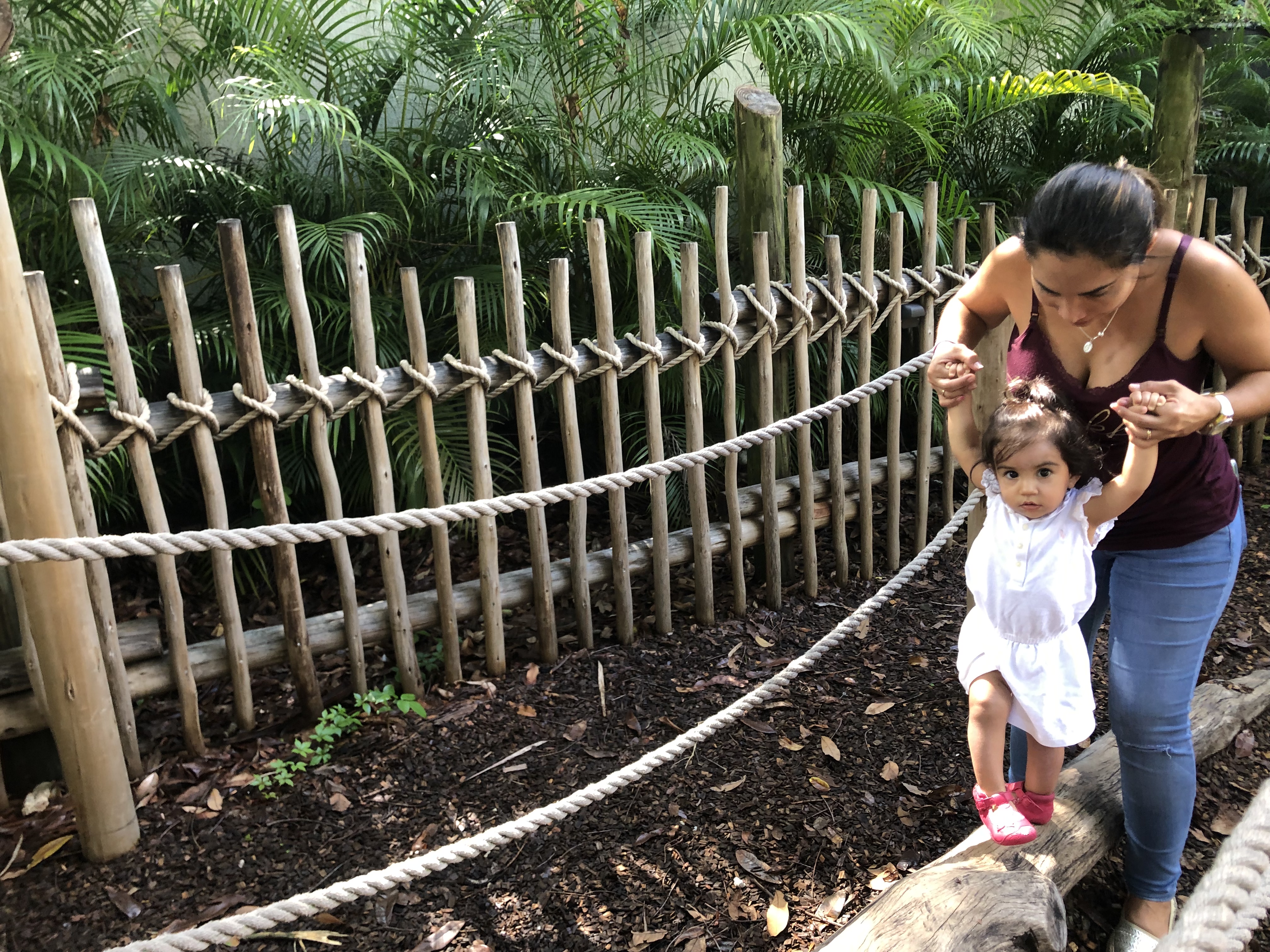
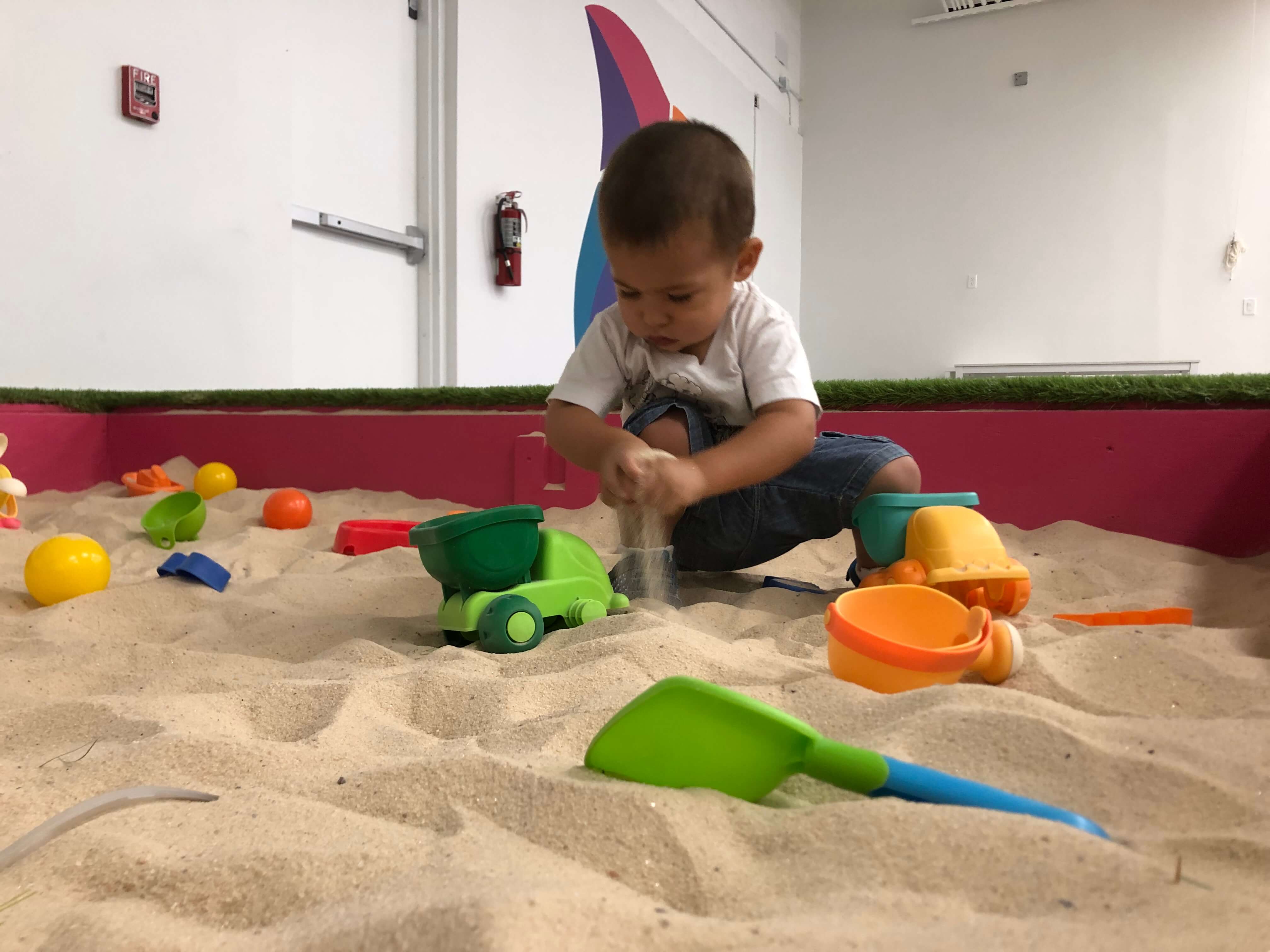
The Gross motor is the large body movements while the fine motor is the small body movements. Creating gross motor opportunities like climbing, walking, and balancing also develop fine motor skills. As you develop your fine motor activities make sure you also add in an opportunity for a nature walk to explore different terrains and strengthen all body muscles.
Last thoughts on Fine Motor Activities form 1 year olds
Each of the activities above helps strengthen those small finger, hand, and arm muscles. If your child is still putting things in his/her mouth always look for edible safe alternatives. Any activity that pushes, pulls or requires pinching skills are great activities for this skill. Now every time you look for activity on Pinterest for more inspiration you will be able to identify which activities work on fine motor skills.
